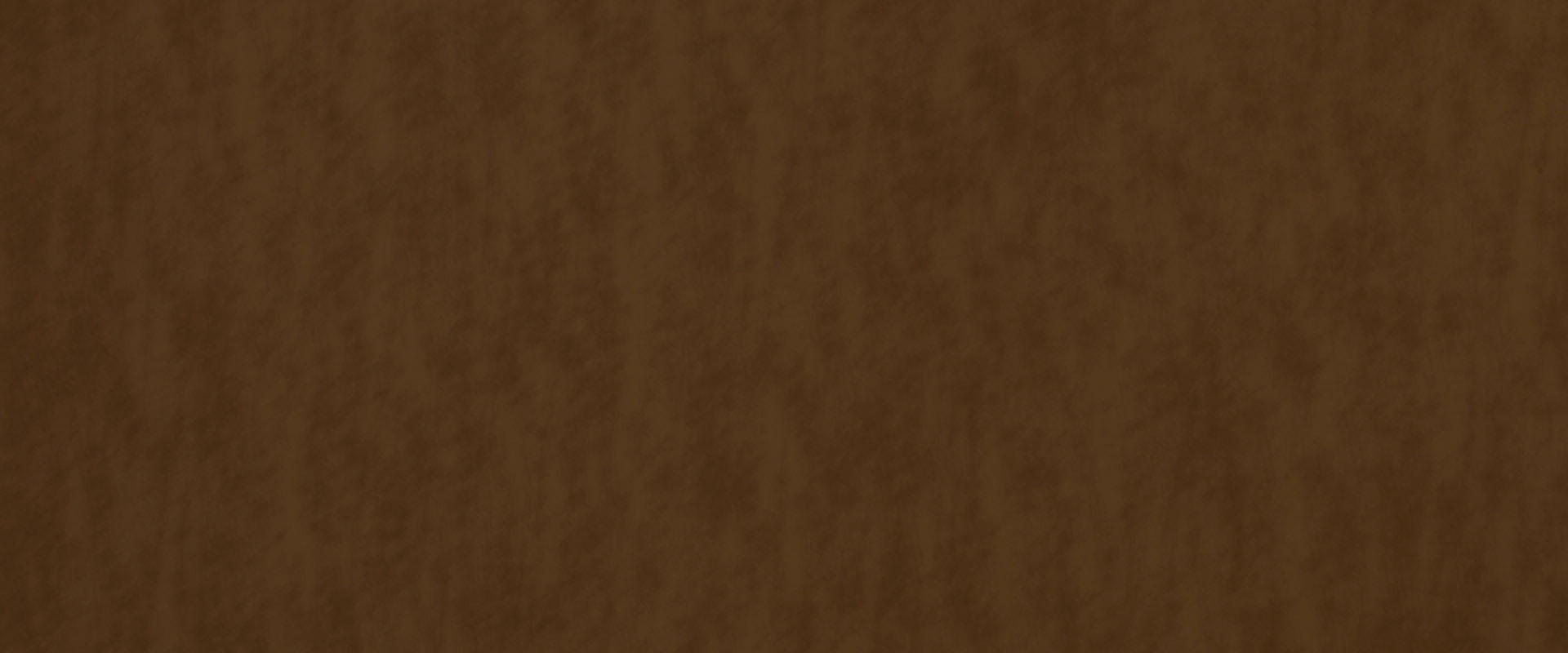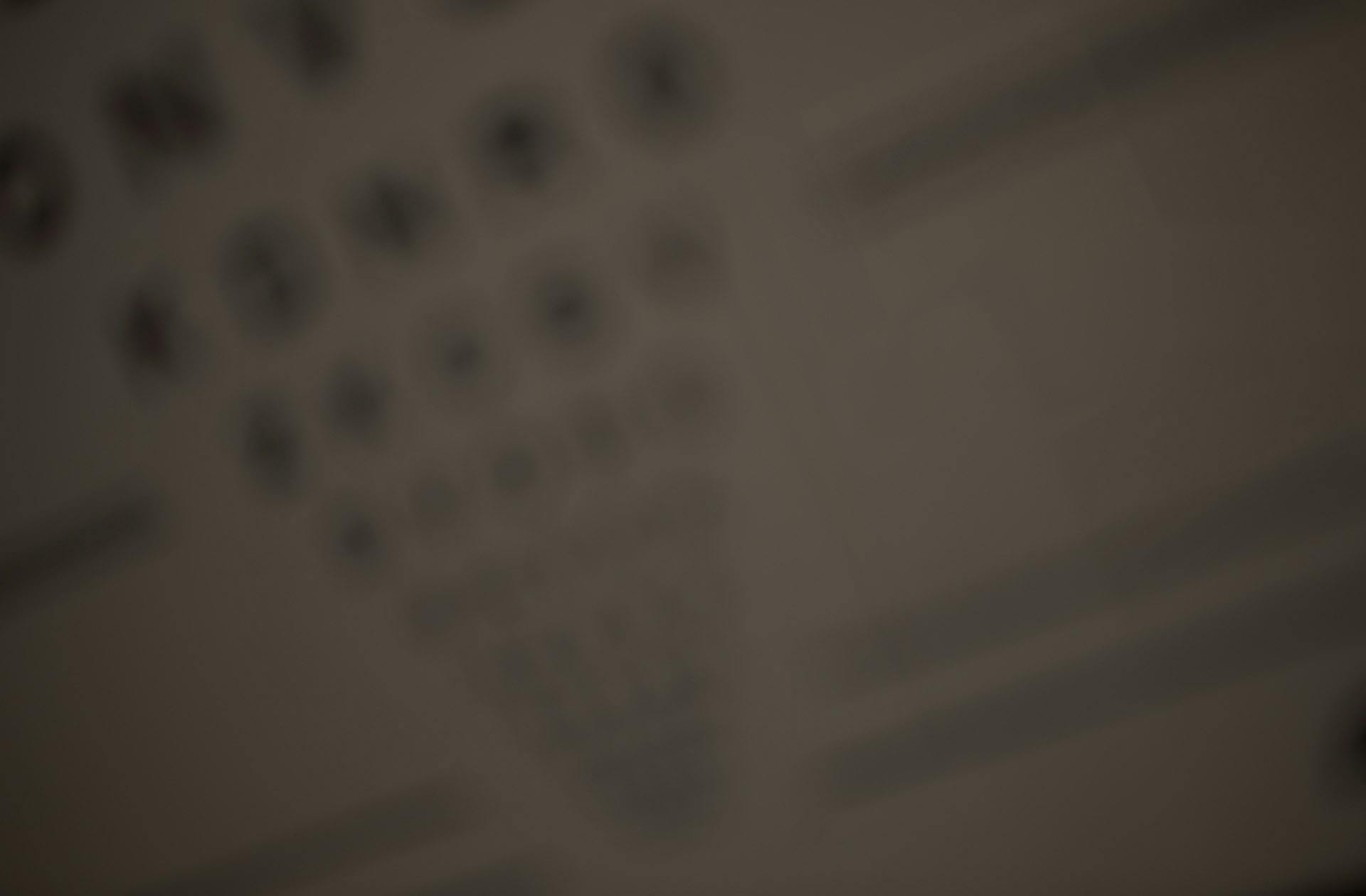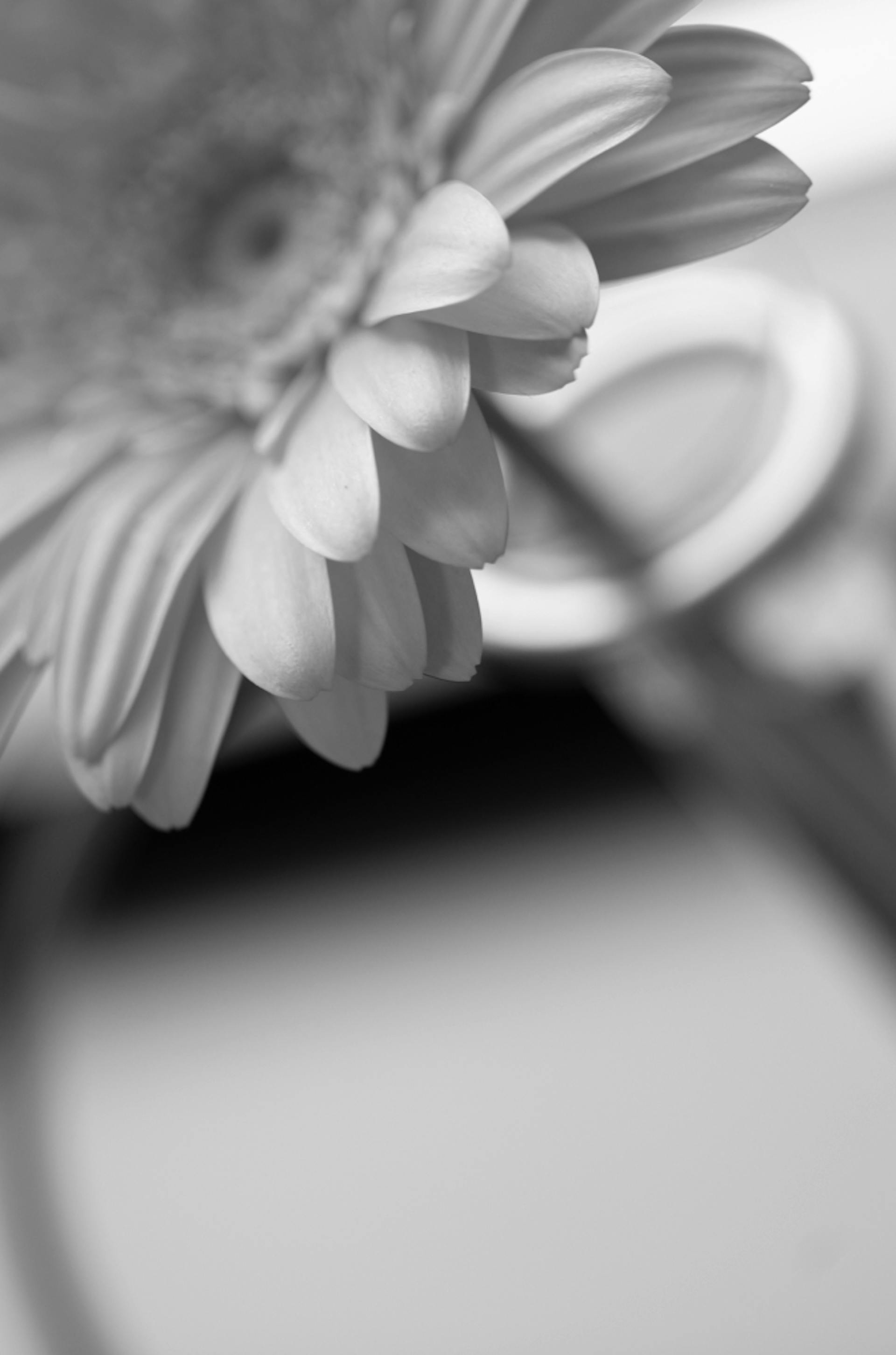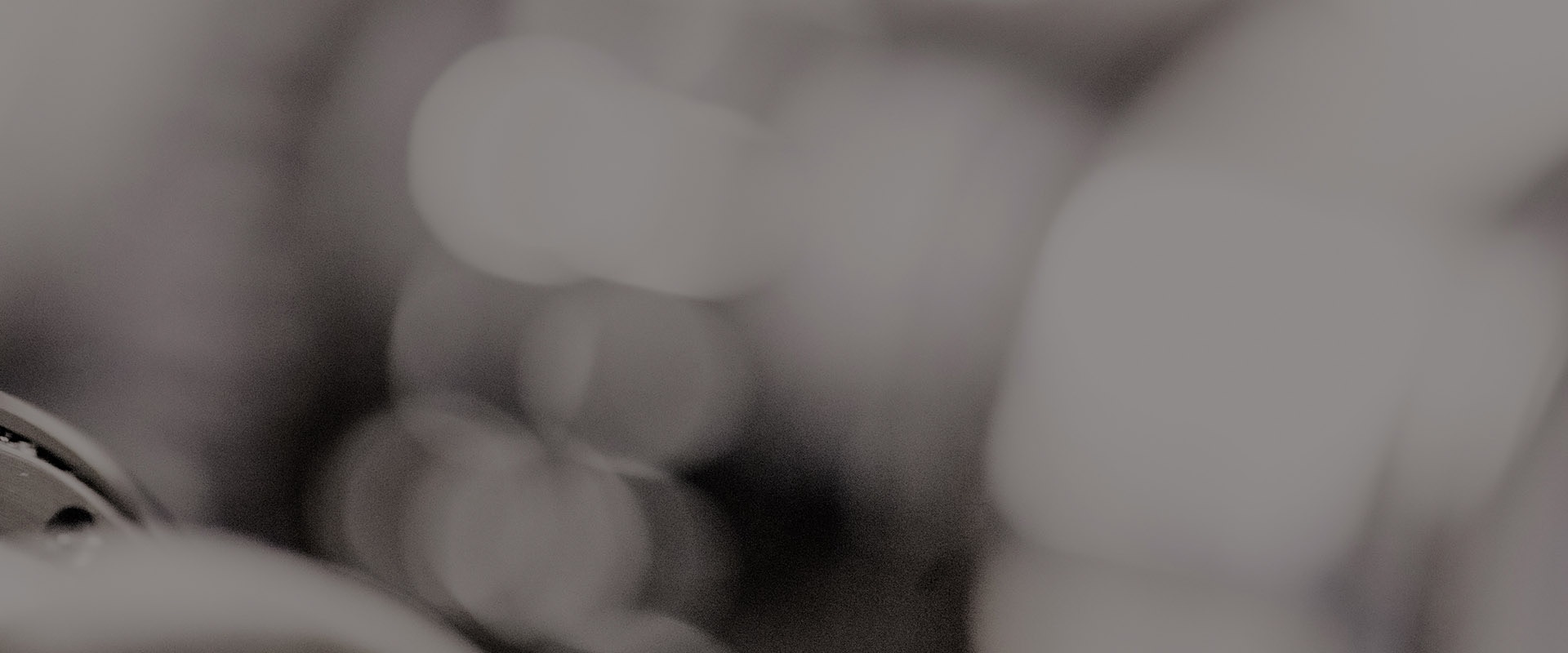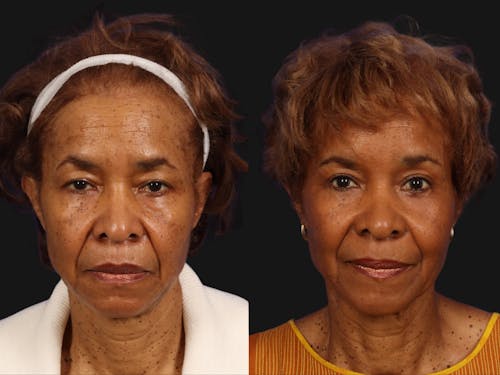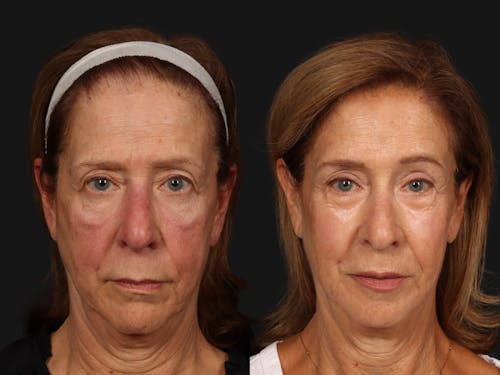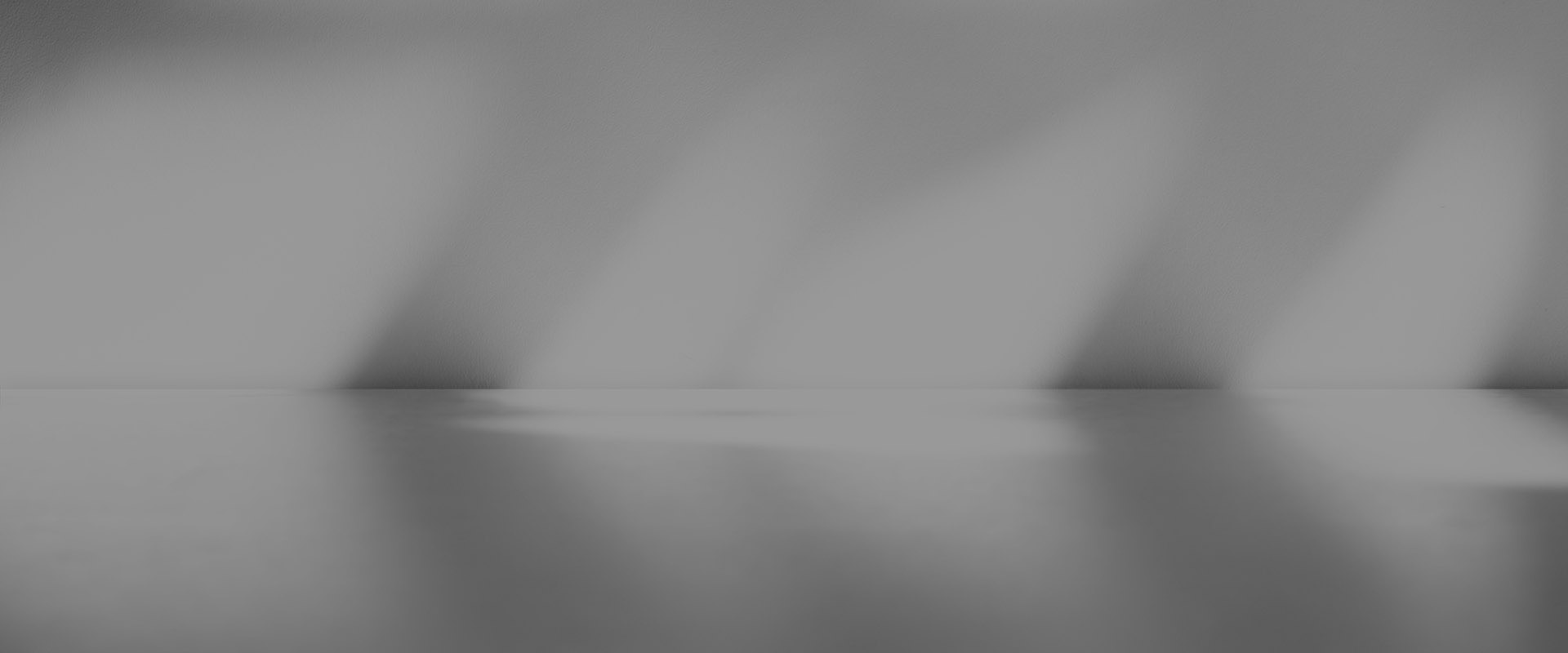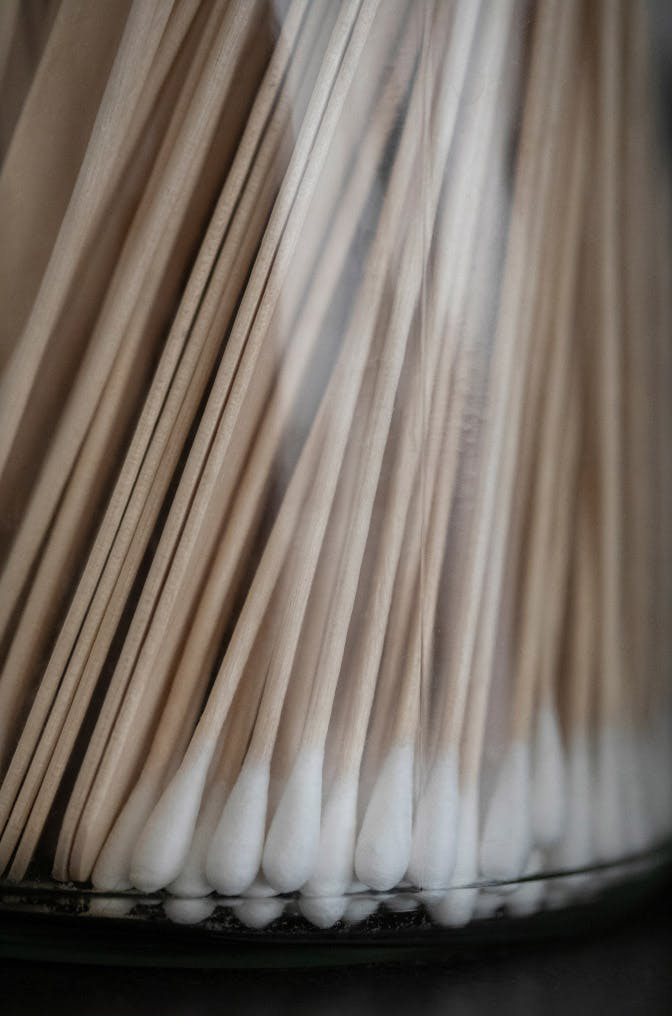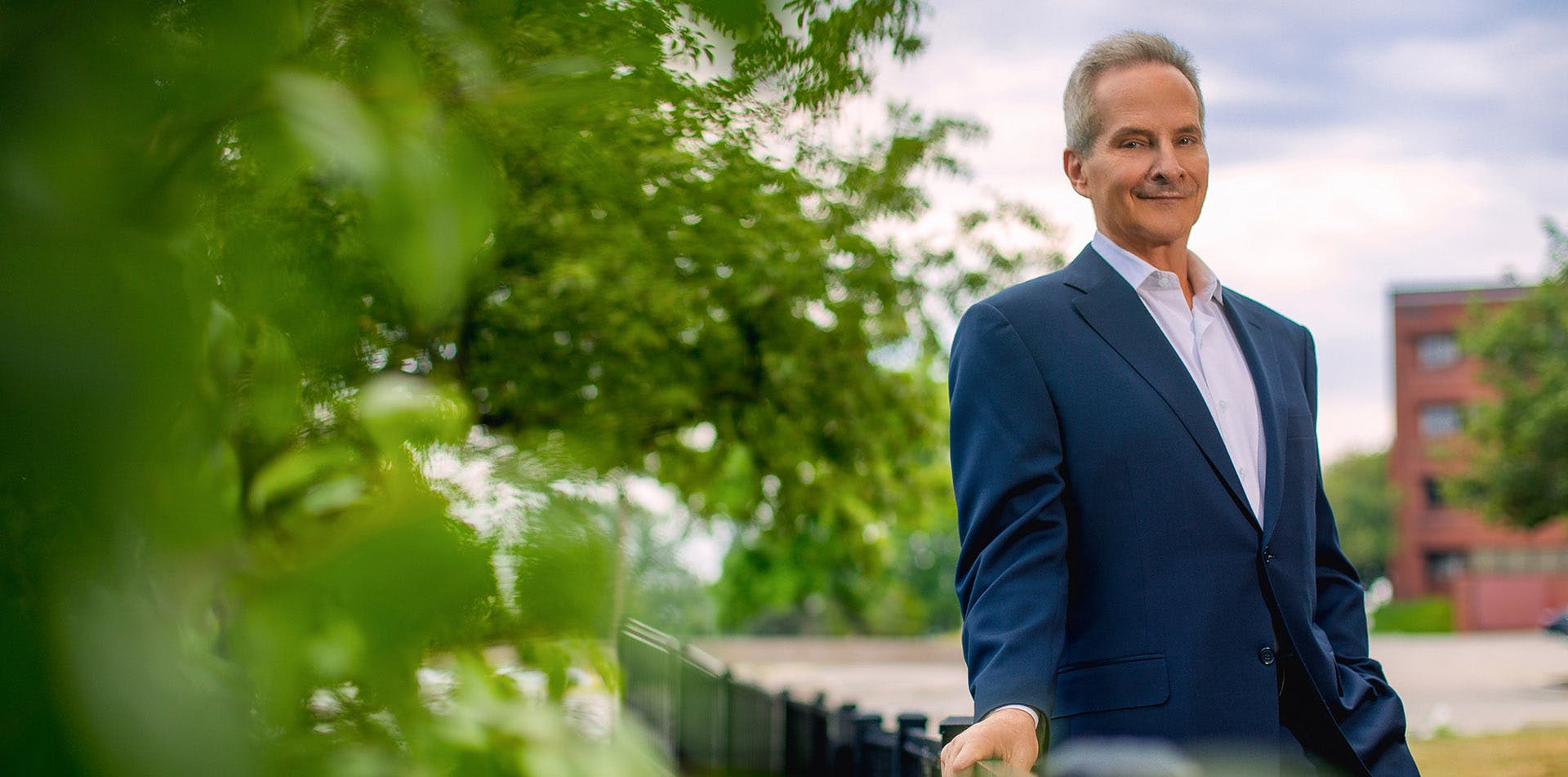What Causes Festoons Under Your Eyes?
Malar bags or festoons are not a result of aging. Anatomically, the bottom of the festoon represents an area — called a ‘septum’ — where the tissues that close the eye come into contact with tissues that elevate the mouth, allowing us to smile and give expression to our lower faces. This septum and the tissues above it can swell with varying conditions, including:
Hereditary Causes
Festoons can be seen at a very young age in those who inherit them from one side of the family.
Rosacea
Treated or untreated, this inflammatory skin condition can cause congestion of the veins and lymphatics that drain the eye and cause intermittent swelling and festoons.
Thyroid Issues
Imbalance thyroid levels or a history of autoimmune thyroid disease (Hashimoto’s thyroiditis) can cause festoons. Often other signs like loss of the outer part of the eyebrow may be present. They rarely improve with normalization of thyroid function.
Smoking and Excessive Salt Intake
These can worsen the festoon, particularly in the morning when the head lies below the heart and the skin swells.
Hylalouronic Acid (HA) Fillers
The most common cause of festooning we see now is the use of HA fillers under the eyes or cheeks, presumably to improve the appearance of the eyes. These fillers remain in place for years and gum up lymphatic flow, and they may migrate making festoons apparent. Often a patient will go to a provider who will offer more filler as a means of treatment of the festoon. This never works and usually makes the situation worse—and the patient more desperate to find a solution—or makes the patient despair about ever finding one.
Sleep Apnea and Sleep Apnea Treatment
For unknown reasons, this area is prone to swelling in those whose blood carbon dioxide levels become elevated at night when their respirations slow. In addition, a sleep apnea mask can put pressure on the cheeks, resulting in an increase in swelling and an exacerbation of the festooning.
Under eye bags and festoons almost always benefit from aggressive treatments. Dr. Allan Wulc is a pioneer in the treatment of festoons. He offers patients in Philadelphia—and nationally– effective and innovative treatments. If the festoons are moderate, patients can profit from radiofrequency microneedling treatments. We have presented our technique at national aesthetic meetings and are preparing the largest series in the country looking at this treatment to reduce festoons.


